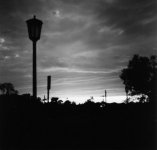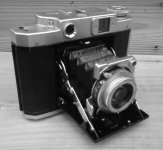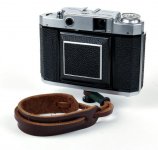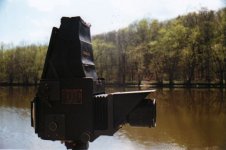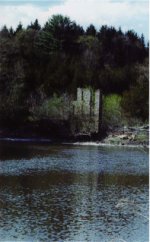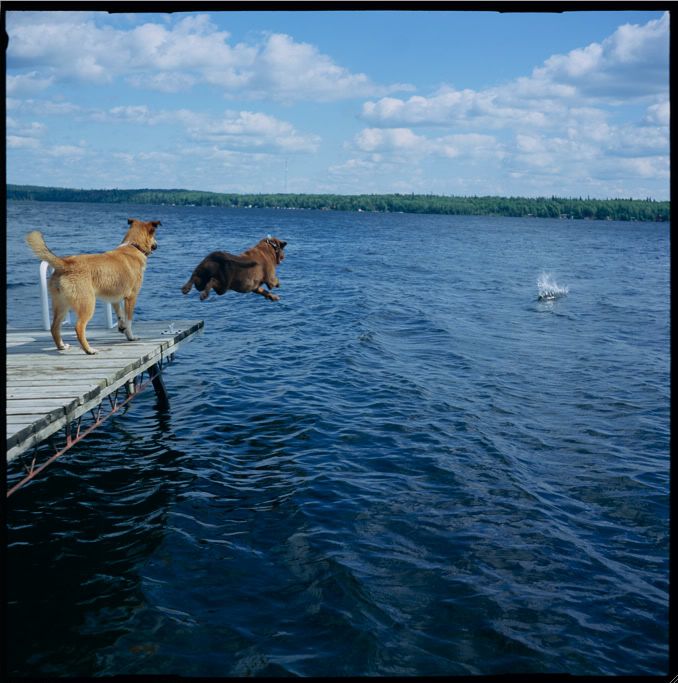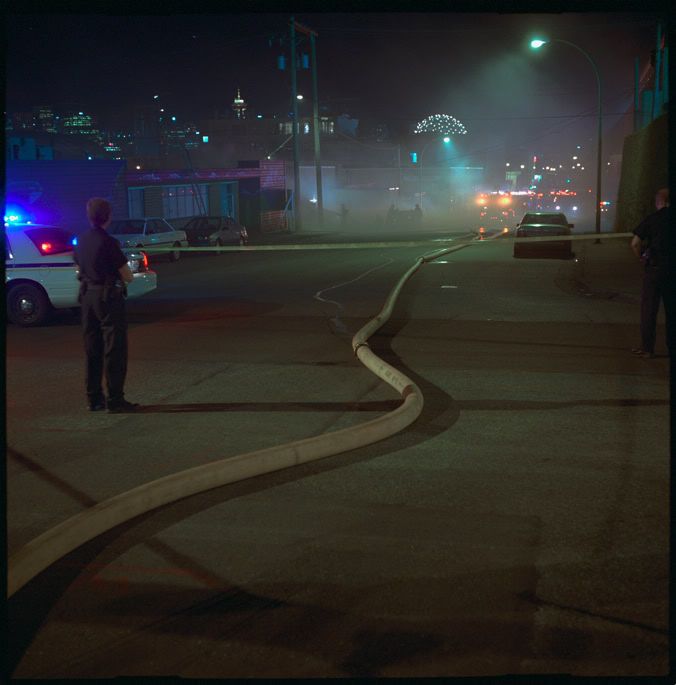Mamiya Six focusing mechanism was unique and its bright, combined RF/VF was years ahead of the competition. It's not unusual to think Japanese cameras were derivative, but it's a disservice to believe this. Japanese camera design was (and is) innovative. New camera designs always build on earlier designs.
Dave, i dont dislike the vintage Japanese cameras, they work fine, take reasonable to v/good pictures (many of the early ones used German lenses and shutters anyway, before they started making their own to be used across the board, and then as time went on perfected them. I dont mind giving them credit for tweaking upgrades or improvements in some of those camera-however as i said thats is easy to do when someone else has spent the (extensive) time and money developing the intial camera
again you mention and give credit to the wrong people, the combined RF/VF was first placed on a production 120 Welta (German) folding camera in the guise of the Clarovid II sold by Rodenstock in 1934, later that same year Welta released a new design combined RF/VF for the first Welta Weltur camera, that is still amongst the best combined VF/RF found on a classic/vintage folding camera, i dont mind saying the VF on the last Mamiya-6 is bigger and brighter but the truth is there is little between them, particularly considering one was invented and produced
20 years earlier than the best and last Mamiya-6
of course Japanese camera design 'is' innovative nowadays and has been for some time, I'm all for it (great!), but credit must be given to where the credit is duly deserved for the beginnings, production and creative designs of these vintage camera.
Dictionary definition for "derivative"; noun, something that is based on another source. Thats exactly what these vintage/classic Japanese cameras are,
derivatives.
Russian camera aficionado's, whilst they like their cameras for all sorts of reasons dont deny and seem to appreciate the fact they are copies of the German cameras. Why is it that its always the spokespeople for Japanese vintage cameras like to claim theirs were original, and thereby innovative creators of these cameras.
for the sake of the discussion, to answer my own question i think it stems from the early years, of the self promotion and associated literature within Japan claiming all these false assertions as being the designers. then as time goes on people write books or information on the web based on these advertising leaflets or articles from publications where the Japanese gave awards to these camera makers. For example; Kuribayashi won awards for being the best camera manufacturer in Japan at one point and producing some of the best innovative cameras, one of them as it happens was a copy of the Weltur and some others won awards too.
Its written in books even now and many people still believe they made these cameras, that were copies (not that they mention they are copies, they say they are Kuribayashi models). However, not only did they not design them, they didnt even manufacture them! the cameras were imported in from germany Welta, Balda, Zeiss and engraved with their own markings, sometimes imported as a whole camera, others were just bodies or parts and assembled, quite a few models are the basic german camera but they, substituted different lens and/or shutter, often added a different top or viewfinder that was better than the original had (
easy to do when you havnt already poured all your development money into design and production of the original camera). as time went on they did produce their own cameras but not for most of these early cameras. Other Japanese companies copied the German models as well (i.e Minolta), often down to the exact same specs on every little part, no doubt it saved them from too much thinking, i have a few. pre-war these cameras were only sold in Japan, no doubt copyright stopped them from selling elsewhere, post war is another story of course.
there no doubt these Japanese folding cameras are derivatives, copies, rip offs, clones or whatever you want to call them...are they fun to use, sure i take one for a spin every now and again, but i know where they came from
😉

